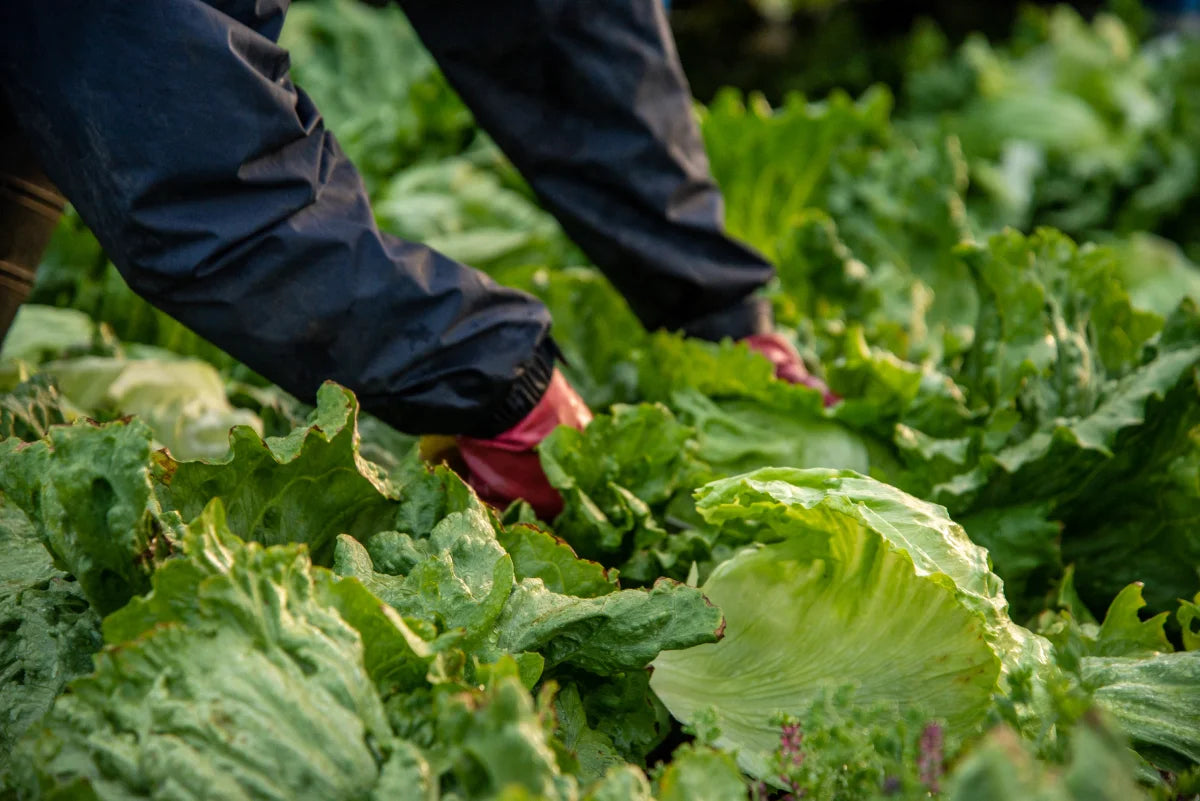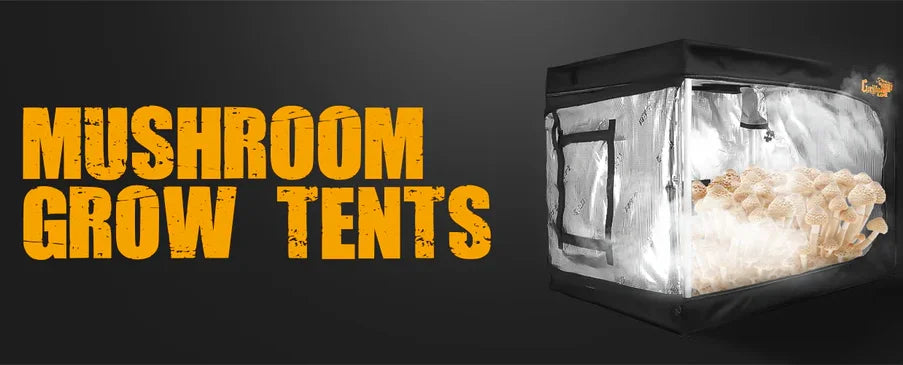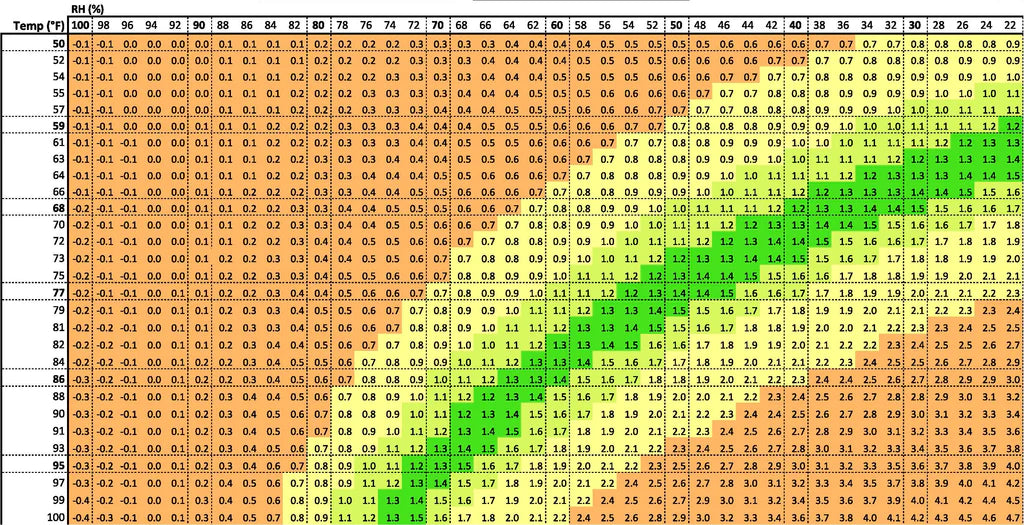
How to Harvest Lettuce: A Complete Guide for Fresh and Continuous Crops
How to Harvest Lettuce: A Complete Guide for a Fresh and Continuous Crop
Lettuce is one of the easiest and most rewarding vegetables to grow, whether in a garden, raised bed, or even a container. Knowing how to harvest lettuce properly ensures that you enjoy a fresh, healthy crop all season long. Whether you’re growing leaf, romaine, or head lettuce, this guide will teach you the best techniques for harvesting lettuce to keep your plants productive and your salads fresh.
Types of Lettuce
Before diving into harvesting techniques, it’s important to understand the different types of lettuce. The way you harvest can vary depending on the type:
- Leaf Lettuce: This type includes varieties like green leaf and red leaf lettuce. It doesn’t form a head and can be harvested leaf by leaf.
- Romaine Lettuce: Romaine grows upright with tightly packed leaves. It can be harvested as individual leaves or as a whole head.
- Butterhead Lettuce: This includes varieties like Bibb and Boston lettuce. It forms loose heads and can be harvested as a full plant.
-
Crisphead Lettuce: Iceberg lettuce falls under this category and forms dense heads. It’s typically harvested as a whole head.

When to Harvest Lettuce
Lettuce grows best in cool weather and can be harvested several times during the growing season. Timing is key when harvesting lettuce, as waiting too long can result in bitter or bolted plants. Here’s how to know when your lettuce is ready for harvesting:
- Leaf Lettuce: You can start harvesting leaf lettuce when the outer leaves are about 4-6 inches long. The earlier you pick, the more tender the leaves will be.
- Romaine Lettuce: Romaine is ready to harvest when the leaves reach about 6-8 inches in length. You can pick outer leaves or wait until the head forms.
- Butterhead Lettuce: Harvest butterhead lettuce when the head feels full and firm, but before it starts to elongate or bolt. The inner leaves should be tender and light green.
- Iceberg Lettuce: Iceberg lettuce is ready to harvest when the head feels dense and firm to the touch. Avoid harvesting once the plant starts to show signs of bolting.
How to Harvest Leaf Lettuce
Leaf lettuce is the easiest type of lettuce to harvest, as it doesn’t require waiting for a full head to form. You can use the "cut and come again" method, which allows you to harvest leaves continuously throughout the growing season. Here’s how to harvest leaf lettuce:
1. Start with Outer Leaves
Use scissors or a sharp knife to cut the outer leaves, leaving the center of the plant intact. Always cut the leaves about an inch above the base to encourage regrowth.
2. Harvest in the Morning
The best time to harvest lettuce is in the early morning when the leaves are crisp and full of moisture. Avoid harvesting in the heat of the day, as the leaves may wilt quickly.
3. Regular Harvesting
Regularly harvesting leaf lettuce encourages the plant to keep producing new leaves. If you leave too many old leaves on the plant, it may start to bolt, which will make the leaves bitter.
How to Harvest Romaine Lettuce
Romaine lettuce can be harvested as individual leaves or as a full head. If you prefer to extend your harvest, you can cut off the outer leaves and allow the inner leaves to continue growing. Here’s how to do it:
1. Harvest Outer Leaves
Use a sharp knife to cut off outer leaves, making sure to leave the inner part of the plant intact. This method allows you to harvest over a longer period without removing the whole plant.
2. Harvest the Whole Head
If you prefer to harvest the entire head, wait until the head is fully formed but before the plant starts to bolt. Cut the entire plant at the base, about an inch above the soil line. A second, smaller head may regrow from the stump, offering a bonus harvest.
How to Harvest Butterhead Lettuce
Butterhead lettuce forms loose, tender heads that can be harvested in a variety of ways. You can either pick individual leaves or harvest the entire plant:
1. Harvest Individual Leaves
Pick outer leaves as needed, allowing the inner leaves to continue growing. This method is great for extending the life of your lettuce crop over several weeks.
2. Harvest the Entire Plant
When the head feels full and firm, you can cut the entire plant at the base. Butterhead lettuce is known for its tender, buttery leaves, so harvest when the plant is mature but not overly large.
How to Harvest Iceberg Lettuce
Iceberg lettuce requires more time to mature than other types of lettuce and is typically harvested as a whole head. Here’s how to do it:
1. Wait for Full Maturity
Iceberg lettuce is ready to harvest when the head feels dense and compact. The outer leaves may be tough and slightly bitter, but the inner leaves should be crisp and fresh.
2. Cut at the Base
Use a sharp knife to cut the head off at the base, just above the soil line. Be careful not to bruise or damage the outer leaves, as this can cause the head to spoil more quickly.
How Often Can You Harvest Lettuce?
Lettuce is a fast-growing crop, and with the right harvesting techniques, you can enjoy multiple harvests from the same plant. Leaf lettuce, in particular, can be harvested every 1-2 weeks using the "cut and come again" method. Romaine and butterhead varieties can also regrow after partial harvests, while iceberg lettuce is typically a one-time harvest per plant.
What to Do After Harvesting Lettuce
Once you’ve harvested your lettuce, proper storage is essential to keep it fresh. Here’s how to handle lettuce after harvesting:
- Rinse Leaves: Gently rinse the lettuce leaves under cool water to remove any dirt or debris. Avoid soaking the leaves, as this can cause them to become soggy.
- Dry Thoroughly: Use a salad spinner or gently pat the leaves dry with a clean towel. Excess moisture can cause the lettuce to wilt or rot in storage.
- Store in the Fridge: Store lettuce in an airtight container or a plastic bag in the refrigerator. Place a paper towel in the bag to absorb any excess moisture, keeping the lettuce fresh for up to a week.
Tips for Maximizing Your Lettuce Harvest
To get the most out of your lettuce crop, follow these additional tips:
- Succession Planting: Plant lettuce seeds every few weeks to ensure a continuous harvest throughout the growing season.
- Provide Shade: In hot weather, use shade cloth to protect your lettuce from bolting and becoming bitter.
- Fertilize Sparingly: Use a balanced fertilizer sparingly to promote healthy growth without causing the lettuce to grow too quickly and bolt.
Conclusion
Harvesting lettuce is a straightforward process, but doing it the right way can extend your harvests and keep your plants producing for longer. Whether you’re harvesting leaf lettuce, romaine, butterhead, or iceberg, following the steps in this guide will ensure you get the most out of your lettuce crop. With the proper care and harvesting techniques, you’ll enjoy fresh, crisp lettuce all season long.


